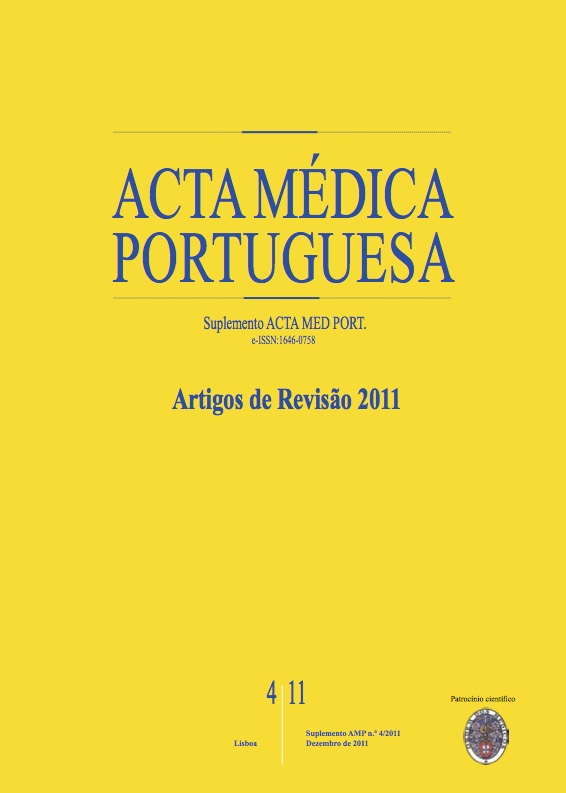Fertility preservation in women with oncologic disease.
DOI:
https://doi.org/10.20344/amp.1582Abstract
Every patient with a cancer diagnosis should be informed about the impact the disease and its treatment have in her future fertility. Several strategies have been implemented with the purpose to overcome the issue of follicular depletion associated with the chemotherapic agents. When possible, cryopreservation of embryos, either isolated or associated to other procedures, is the technique that presents more scientific evidence and the best pregnancy rates. Other procedures, more experimental, could be proposed in the setting of clinical studies and allways after informed consent. This is the case of cryopreservation of ovaric tissue, the use of GnRH agonists and the cryopreservation of oocytes. Finally some emerging techniques like in vitro maturation of oocytes, anti-apoptotic drugs that protect the gonadals from the toxicity of chemotherapy or the use of stem cells to improve the ovarian reserve, can in the future have a place in oncofertility preservation. In patients with breast cancer the technique that shows better outcomes continues to be the cryopreservation of embryos after a protocol of follicular stimulation allied to the aromatase inhibitors with lower levels of plasmatic stradiol. Children are a special group in which the options are limited, being the cryopreservation of ovaric tissue the most promising strategy although still constitutes an experimental technique. Further randomized clinical trials are necessary with the aim of assessing the efficacy and security profile at long term of these procedures.Downloads
Downloads
How to Cite
Issue
Section
License
All the articles published in the AMP are open access and comply with the requirements of funding agencies or academic institutions. The AMP is governed by the terms of the Creative Commons ‘Attribution – Non-Commercial Use - (CC-BY-NC)’ license, regarding the use by third parties.
It is the author’s responsibility to obtain approval for the reproduction of figures, tables, etc. from other publications.
Upon acceptance of an article for publication, the authors will be asked to complete the ICMJE “Copyright Liability and Copyright Sharing Statement “(http://www.actamedicaportuguesa.com/info/AMP-NormasPublicacao.pdf) and the “Declaration of Potential Conflicts of Interest” (http:// www.icmje.org/conflicts-of-interest). An e-mail will be sent to the corresponding author to acknowledge receipt of the manuscript.
After publication, the authors are authorised to make their articles available in repositories of their institutions of origin, as long as they always mention where they were published and according to the Creative Commons license.









